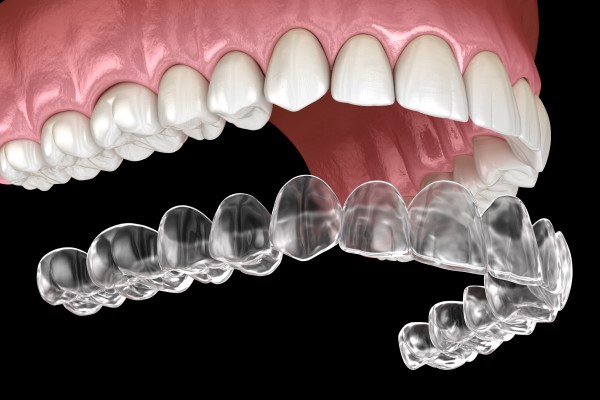Invisalign in East Kelowna, BC has revolutionized the orthodontic industry with its innovative, discreet, and effective approach to straightening teeth. However, to ensure optimal results and maintain a healthy, beautiful smile, proper maintenance of your Invisalign aligners is crucial.
In this article, we will explore the importance of Invisalign maintenance, provide tips on how to clean and care for your aligners, and discuss the best practices for maintaining your oral health during treatment.
What is Invisalign?
Invisalign is a revolutionary orthodontic treatment that uses a series of clear, removable, and custom-made aligners to straighten teeth and improve oral health. These virtually invisible aligners are designed to fit snugly over your teeth, gently shifting them into their ideal position.
Cleaning your aligners
Cleaning your Invisalign aligners is an essential part of maintaining good oral hygiene and ensuring a successful treatment outcome. Here’s an elaboration on how to clean your aligners:
Why Clean Your Aligners?
- Remove plaque and bacteria that can accumulate on the aligners
- Prevent bad breath and unpleasant odors
- Keep your aligners clear and invisible
- Prevent staining or discoloration
- Maintain good oral health and prevent complications
Methods for Cleaning Your Aligners
- Rinse with Lukewarm Water: Start by rinsing your aligners with lukewarm water to remove any loose debris.
- Mild Soap and Water: Use mild soap, such as dish soap or hand soap, and lukewarm water to clean your aligners. Gently massage the soap into the aligners using your fingers or a soft-bristled toothbrush.
- Invisalign Cleaning Solution: Invisalign offers a specialized cleaning solution that can be used to clean your aligners. Follow the instructions on the packaging for proper use.
- Denture Cleaner: You can also use a denture cleaner to clean your aligners. Soak the aligners in the cleaner for 15-30 minutes, then rinse with lukewarm water.
- Vinegar and Water: Mix equal parts water and white vinegar in a bowl. Soak the aligners for 15-30 minutes, then rinse with lukewarm water.

Tips for Cleaning Your Aligners:
- Clean your aligners at least twice a day, once in the morning and once in the evening.
- Use a soft-bristled toothbrush to gently scrub away plaque and bacteria.
- Avoid using harsh chemicals, abrasive materials, or hot water, as these can damage your aligners.
- Dry your aligners with a soft cloth to prevent water spots.
- Store your aligners in a protective case when not worn to prevent damage and keep them clean.
Caring for your aligners
Caring for your Invisalign aligners is crucial to ensure they remain effective, clean, and in good condition throughout your treatment. Here are some tips on how to care for your aligners:
Handling Your Aligners:
- Handle your aligners with care to prevent scratches, cracks, or breaks.
- Avoid bending or flexing your aligners, as this can cause damage.
- When not wearing your aligners, store them in a protective case to prevent damage and keep them clean.
Storage and Transportation:
- Store your aligners in a protective case when not worn.
- Keep the case clean and dry to prevent bacterial growth.
- When transporting your aligners, use a protective case to prevent damage.
Avoiding Damage:
- Avoid exposing your aligners to extreme temperatures (hot or cold).
- Avoid exposing your aligners to direct sunlight for extended periods.
- Avoid chewing on your aligners or using them as a toy.
- Avoid sharing your aligners with others.
Proper maintenance of your Invisalign aligners is crucial for achieving optimal results and maintaining a healthy, beautiful smile. By following these tips and best practices, you can ensure a successful treatment outcome and enjoy the benefits of a straighter, healthier smile for years to come. Remember, a well-maintained smile is a happy smile!


